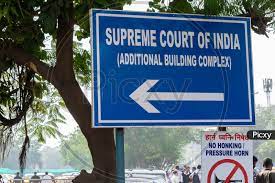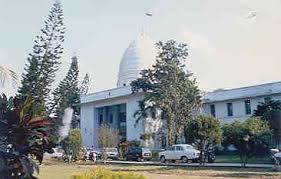He was sentenced to undergo life imprisonment for the offence punishable under Section 302 read with Section 34 of IPC. (Para 1)
Thus, the prosecution’s case is based on circumstantial evidence. The two most important circumstances forming part of the chain are (a) last seen together and (b) recovery of the deceased’s body at the instance of the appellant. (Para 5)
In the present case, there is a disturbing feature. Instead of holding a test identification parade, PW-6 was called to the office of the Superintendent of Police, and the appellant was shown to him in the office. Thus, the identification of the appellant by PW-6 in the court is not free from reasonable doubt. It becomes very doubtful as the accused was shown to the witness in the office of the Superintendent of Police, only with a view to see that he identifies the accused in the court. This procedure is not known to law. Moreover, the evidence of another eyewitness to the theory of last seen together has been withheld from the court. Therefore, the testimony of PW-6 cannot be believed. Thus, the important circumstance of the last seen together has not been established. Hence, the first circumstance in the chain of circumstances has not been established. (Para 10)
SUPREME COURT OF INDIA
2023 STPL(Web) 341 SC
[2023 INSC 911]
MOHD. RIJWAN VS. STATE OF HARYANA
Criminal Appeal No. 2350 of 2011-Decided on 13-10-2023
https://stpllaw.in/wp-content/uploads/2023/10/2023-STPLWeb-341-SC.pdf







